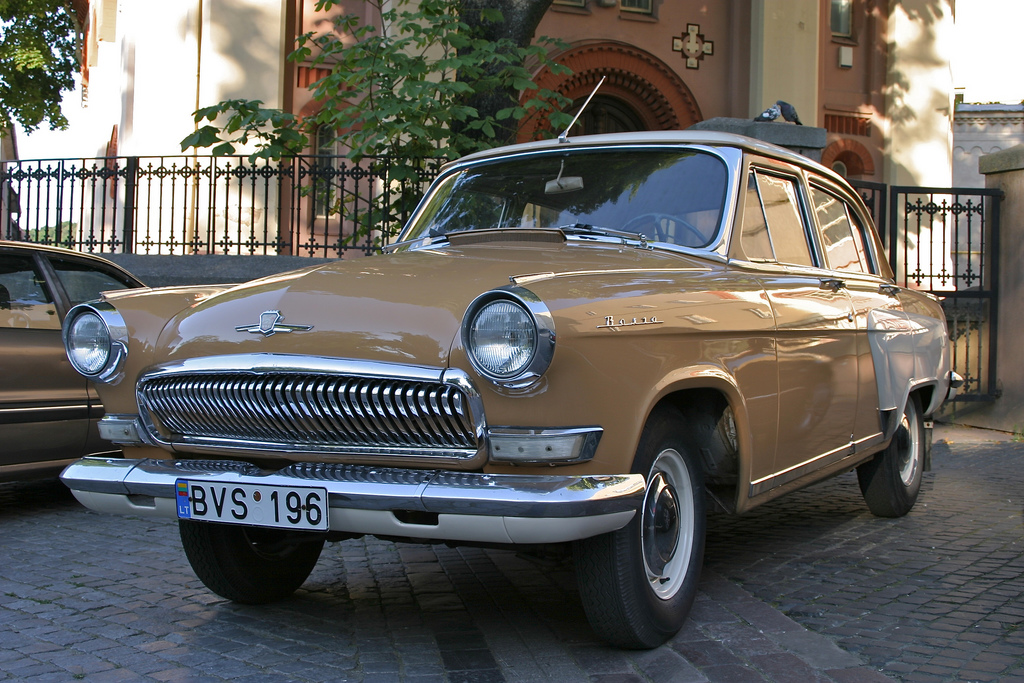
Elektroshema Gaz 3309 Dizelj
The GAZ M21 Volga is an automobile which was produced in the Soviet Union by GAZ from. Truck GAZ-51 GAZ-3307/3309 GAZ-63 GAZ-3308 Sadko.
Main article: Development [ ] The first Volga model was originally developed as a replacement for the mid-size car which was produced from 1946. Despite its design with body styling, the evolution of postwar and meant that in 1951 a brief was issued for its eventual replacement. In 1952 this matured into two projects: Zvezda ('Star'), an evolution of Pobeda's fastback contour with panoramic windows and large, and the Volga with its conventional styling, which was more realistically suited for production in the 1950s. By the spring of 1954, the Volga prototypes were being test driven. The new car introduced a range of additions and advantages over the Pobeda. In addition to being larger, it had single panoramic forward and rear windscreens, a larger four-cylinder, central lubrication system of the main chassis elements, rear axle and an. The car's m by Lev Yeremeev and though influenced by North American vehicles of the same period, the 1954 in particular, the project was mostly independent, with an exception for the automatic transmission that was derived from the 3-speed.
After thorough testing of the car, which lasted for a further two years, a go-ahead was finally given by the state, and the first pre-production batch left GAZ on 10 October 1956. Although there were many models and versions of the car, its production can nonetheless be split into three distinct generations and two derivatives. In total 639,478 Volgas were built from 1956 until 1970. First series—the Star [ ]. The first prototype Volga appeared at a May 1955 trial from Moscow to the Crimea. While the Soviet leadership touted the speed of its development (begun 1954), only five cars were built in 1955. The first generation is easily identified by its characteristic chromed bar fascia with a central badge containing the.
Serial production began on 10 October 1956, with all vehicles being powered by a 2,432 (148.4 ) engine modified to produce 65 (48; 66 ). These were used in much publicised promotion drives across the whole Soviet Union, where they notched up to 30,000 kilometres. Velichit dusha moya gospoda myasnikov noti. Unlike the Pobeda, Volga's engines were now to be produced at a specialised motor factory in. Despite its hasty construction, it only began engine production in summer 1957, which meant that the first thousand or so vehicles were equipped with the Pobeda's flathead engine. Other features of this transitional series included the rear axle from the and the manual 3-speed gearbox from the Pobeda. Was a surprisingly low 0.42. Styling was by Leo Emerius, taking inspiration from the.

The chromed bars, being a decorative element, required excessive manual labour to assemble, which was not feasible for a mass-produced vehicle. Moreover, they reduced the supporting strength of the front body panels.
Finally, as the Soviet Union had great aspirations for the vehicle in generating foreign currency, it became immediately apparent that the military connotation would scare potential western customers. At the Soviet pavilion, which opened in April, the featured example was the facelift prototype with the 16-slit shark-mouth grille; it also had the originally intended ZMZ 2,445 cc (149.2 cu in), the. Now actually in mass production, priced at 5,400, the popularity and genuine interest in the vehicle sealed the fate of the 'Star', and in November the 'Star' was retired.
In any case, in popular culture, the car's alternative nickname as 'Zhukovka' survives to this date. Despite its short production span, and only 32,000 cars being assembled, the 'Star' was initially the Soviet automotive industry's first mass-produced vehicle to be equipped with an automatic transmission. It became apparent that such complex mechanism required a standard of service unavailable in the USSR. Even more problematic became the sourcing of, as these cars were originally only allocated for private ownership. Faced with such difficulties, a became available, with on the top two gears; it soon eclipsed the automatic, though it would remain in the production line-up until around 1960 for domestic models (1965 for export); only about 700 automatic-equipped cars were produced, most being 1958 models.
The first generation contained the following models. These are listed in Russian alphabetical order, but not chronological. The base version, that was to have an automatic gearbox and the 70 (52; 71 ) engine was simply designated GAZ-M-21, without any suffixes. A taxicab version was called GAZ-M-21A, and featured the manual gearbox, but the identical ZMZ-21 engine. The 'transitional' series was GAZ-M-21B for the taxi with the 60 (45; 61 ) engine (this was produced until late 1958, as most of the taxi parks used the Pobeda, and a common engine eased servicing). GAZ-M-21V was the next standard version (and proved the most common) with the 70 (52; 71 ) engine and manual transmission. The early GAZ-M-21G was the 'transitional' series for the 1956–1957 years, with the 65 (48; 66 ) engine and ZIM's differential. Trafareti ovoschej i fruktov dlya virezaniya iz bumagi.